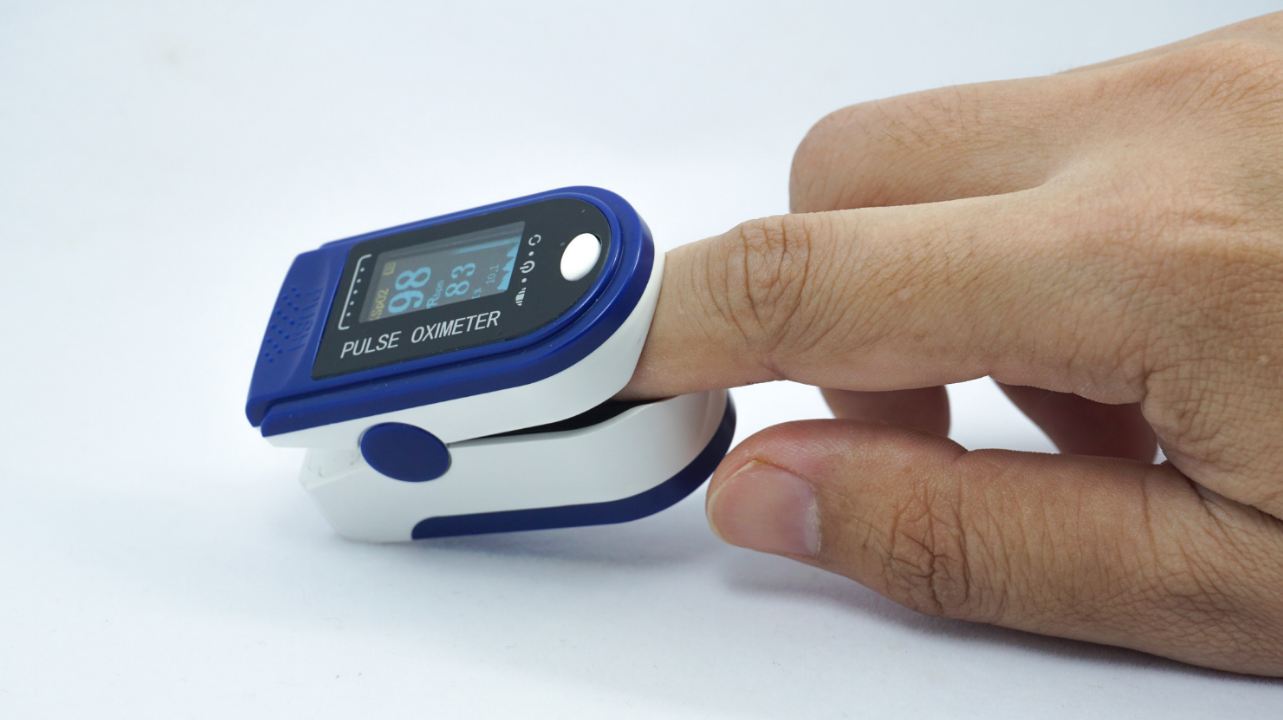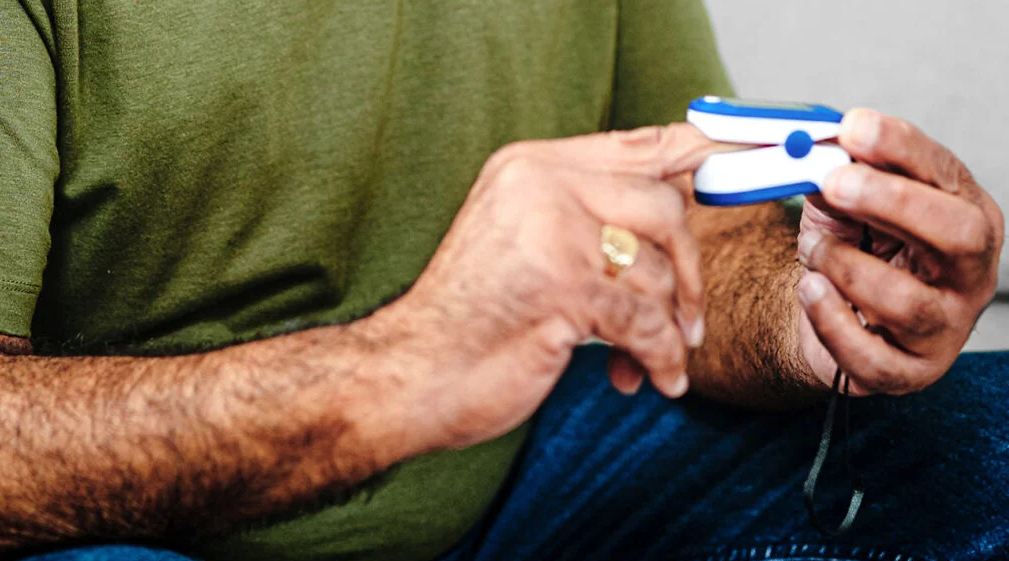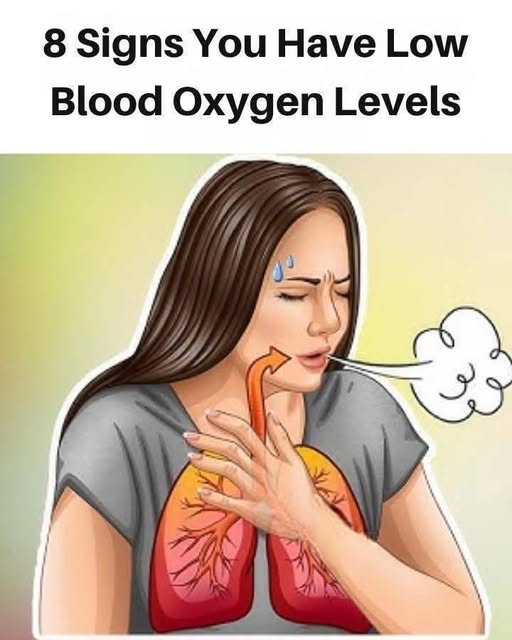Hypoxemia occurs when the level of oxygen in the blood, particularly in the arteries, drops below normal. This condition can affect the body’s organs and tissues, since oxygen is essential for cellular function. If left untreated, hypoxemia can lead to severe complications, including organ damage, cognitive impairment, and in extreme cases, death. Recognizing the signs early and understanding the potential causes is crucial for maintaining overall health.
Causes of Hypoxemia
Several factors can contribute to low blood oxygen levels:
- Respiratory Diseases: Conditions like chronic obstructive pulmonary disease (COPD), asthma, pneumonia, and pulmonary fibrosis can interfere with the lungs’ ability to transfer oxygen into the bloodstream. Chronic lung issues often gradually lower oxygen levels, making early detection difficult.
- Cardiovascular Problems: Heart diseases can reduce the efficiency of oxygenated blood circulation, meaning even if the lungs function properly, the body may not receive enough oxygen. Heart failure or congenital heart defects are common contributors.
- High Altitudes: Oxygen levels in the air decrease at higher elevations. People traveling to or living at high altitudes may experience hypoxemia until their bodies adjust. Acute mountain sickness can occur in severe cases.
- Obstructions: Blockages in the airway or blood vessels can prevent sufficient oxygen from reaching vital tissues. This includes conditions such as blood clots, severe allergic reactions, or foreign objects in the airway.
- Other Causes: Sleep apnea, anemia, and certain infections can also contribute to low blood oxygen levels by limiting oxygen delivery or reducing hemoglobin’s ability to carry oxygen.

Symptoms to Watch For
Hypoxemia can present with a variety of symptoms, which may develop slowly or suddenly:
- Shortness of breath or rapid breathing
- Increased heart rate
- Headaches or lightheadedness
- Confusion or difficulty concentrating
- Cyanosis, a bluish tint to the lips, fingertips, or skin
It is important to note that some people may not show obvious signs until oxygen levels are dangerously low, making monitoring and awareness critical.
Diagnosis Methods
Healthcare providers use several techniques to confirm hypoxemia:
- Pulse Oximetry: A non-invasive, quick method using a small device on the finger to estimate blood oxygen saturation.
- Arterial Blood Gas (ABG) Test: Measures exact levels of oxygen and carbon dioxide in the blood for a precise assessment.
- Imaging Tests: Chest X-rays or CT scans can reveal underlying lung or heart conditions contributing to low oxygen levels.
- Other Assessments: Pulmonary function tests and echocardiograms can help determine specific causes.
Treatment Options
Treatment focuses on both the symptoms and the underlying cause:
- Oxygen Therapy: Supplemental oxygen can quickly restore blood oxygen to safer levels.
- Medications: Bronchodilators, anti-inflammatories, or heart medications may address the root problem.
- Lifestyle Adjustments: Quitting smoking, improving indoor air quality, regular exercise, and avoiding high altitudes without proper acclimation support lung and heart health.
- Hospitalization: Severe cases may require hospitalization for monitoring and intensive treatment.

When to Seek Medical Attention
Seek urgent care if you experience sudden shortness of breath, confusion, chest pain, or bluish discoloration of the skin. Prompt intervention can prevent serious complications and improve outcomes significantly.
Conclusion
Hypoxemia is a serious medical condition that can develop from a variety of causes. Awareness of its symptoms, timely diagnosis, and appropriate treatment are essential to protect overall health. Maintaining healthy lungs and heart, recognizing warning signs, and seeking medical attention when needed can ensure oxygen levels remain within a safe range and prevent long-term damage.

















